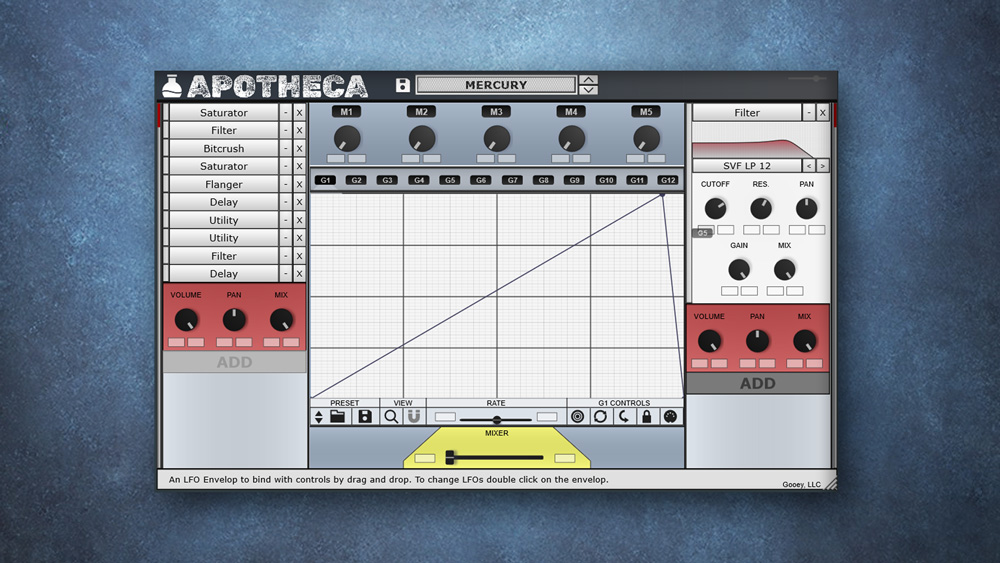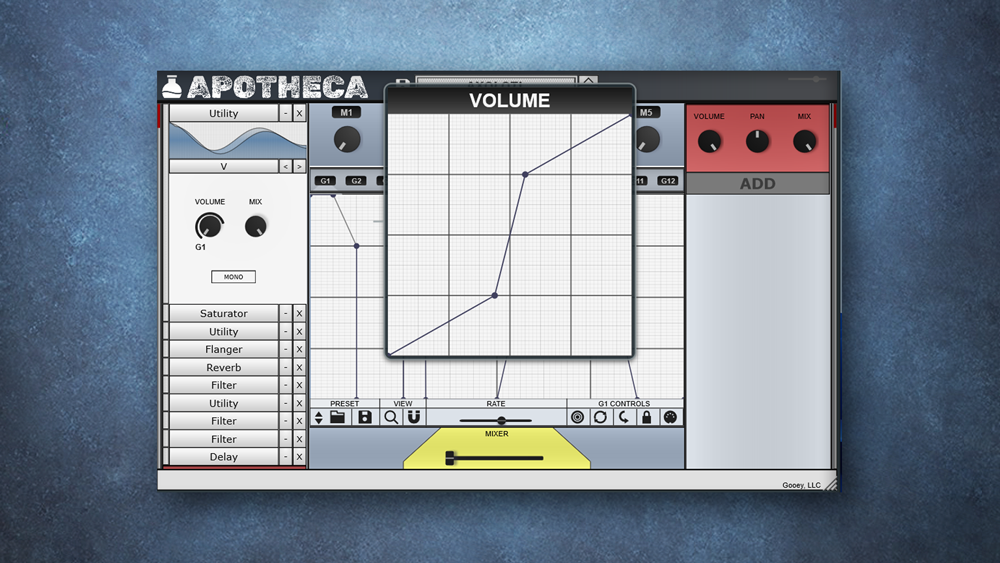March 21st, 2025


see minimapping
The pedantic details of defining specific controls are abstracted away, so everything is connected, and even the macros can get modulated.
in regards to dsp
There has also been a great deal of detail that’s gone into the DSP code. Most code is processed in blocks to improve performance through vectorization, but as some may know, the coefficients on biquad filters need to be updated more often so that there isn’t aliasing. So when a biquad filter is processed, it is done in sub-blocks and removes the aliasing. The saturators are oversampled to minimize noise from the Nyquist theorem not being met. And the comb filters use a limiter in the feedback line to pronounce the comb spiked frequencies. Although there are not many, there are a few internal oscillators, such as in DNS mode, and when there are internal oscillators, those oscillators are using polyblamp. When possible, the delays are fixed to an integer value, and only smooth on movement – some probably already know that anytime there’s interpolation it smooths the signal, but unintentionally dulls the signal, so indexing an array by an integer value when not moving means no partial indexing and therefor no interpolation…a clear signal.

